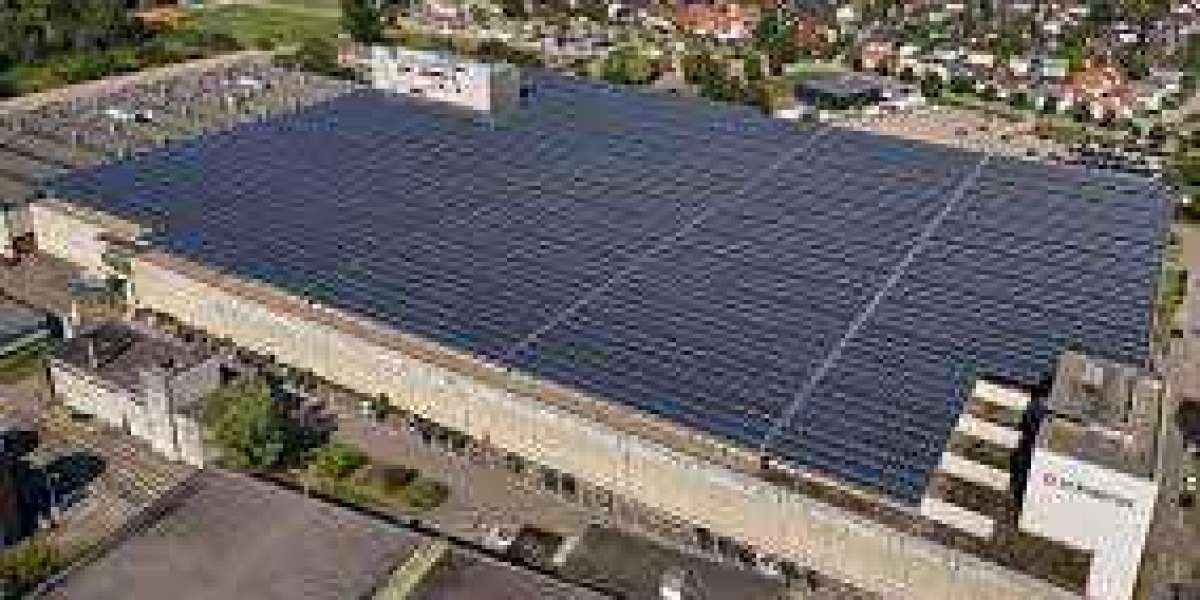The 2015 Paris Climate Agreement is a legally binding international treaty that aims to limit global warming to below 2°C, preferably 1.5°C, compared to pre-industrial levels. In order to achieve the goals of the climate agreement, a transition to a decarbonized economy is necessary by shifting to renewable energy sources. This article will explore solar energy, including solar energy advantages and disadvantages.
Advantages of solar energy
100% renewable and endless energy from the sun
Reduce dependence on fossil fuels
The potential to help achieve net zero carbon by 2050
Reduce dependence on power grids and natural gas
Subsidies are sometimes provided for self-sufficiency
Key measures to address climate change
Promote renewable industries and create local jobs
Low pollution and improved air quality
It can be used to charge electric vehicles
Easy to install
Disadvantages of solar energy
Intermittent energy requires sunny weather
The initial investment is high and the upfront cost is high
Fixed location and available land
It cannot be used at night, and excess energy must be stored or lost
May compete with agricultural land or areas reserved for conservation
Aesthetics may not be accepted by the public or may not be appropriate for heritage architecture
Parts supply chain problem
Copper components required for mining
The transition to renewable energy means reducing reliance on fossil fuels and helping to combat climate change, while still providing energy for homes and industry.
One drawback is that solar panels operate most efficiently in bright sunlight, and do not operate when there is no sunlight, such as at night.
However, recent research has demonstrated a heat-emitting battery that uses infrared technology to help generate energy 24 hours a day.
Solar energy project
There are various government schemes in place, which means domestic solar suppliers can sometimes sell the excess energy they generate back into the national grid, providing additional income. Plans vary from year to year, so households are advised to check national and local authority incentives. They can also talk to their energy provider to find out what resources are available and see if they qualify for any grants or funding.
The UK government has ended its Green Deal scheme, which was designed to help low-income households with the high cost of their initial investment in solar panels. Instead, the Boiler Upgrade Scheme (BUS) offers up to £5,000 of funding to install low-carbon heating technology, such as an air source heat pump or solar panels, with McS-certified installers applying for grants on behalf of householders.
In the United States, President Biden's "Build Back Better" plan extends the Solar Investment Tax Credit (ITC) for another decade, which currently provides a 26% tax credit for solar photovoltaic installations.
Another benefit is that the renewable energy market creates local jobs through the initial solar installation and subsequent maintenance that may be required.
Since 2019, China has been the largest manufacturer of solar panels, supplying about 80 percent of global demand. However, this market share is slowly declining as other manufacturers from European countries such as Germany and the United States increase their own production.
CNET discusses whether investing in solar panels in 2022 is a good idea, and reveals that while the cost of solar panels has dropped dramatically in recent years, it's getting harder to get supply chain components.
Steel, semiconductor chips and copper are in short supply, which could affect future installations.
Mining produces the pollution required for metal components such as copper and degrades the environment through pollution.








